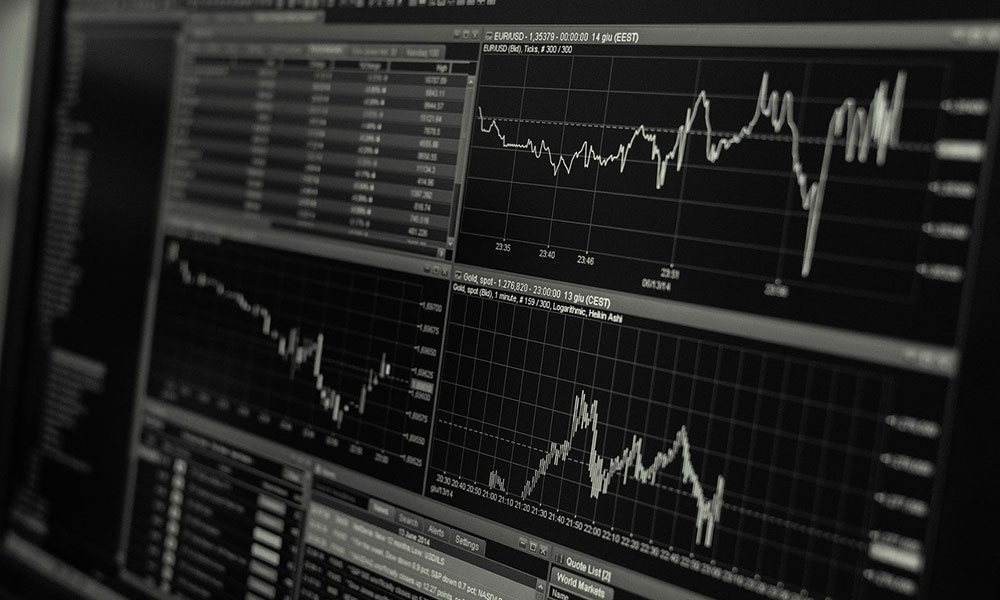Forex trading is a challenging and exciting way to invest your money. It involves buying and selling currencies in the foreign exchange market with the aim of making a profit. However, forex trading is not an easy task, and it requires a lot of knowledge, experience, and skills to succeed. One of the most important decisions you will make as a forex trader is choosing between technical and fundamental analysis.
Technical Analysis

Technical analysis is a method of analyzing the market based on the study of historical price and volume data. Traders who use technical analysis believe that past price movements can predict future price movements. Technical analysts use charts, graphs, and other tools to identify patterns and trends in the market. They use various technical indicators such as moving averages, Bollinger Bands, and Relative Strength Index (RSI) to make trading decisions.
Technical analysis is popular among short-term traders who are interested in making quick profits. Technical analysis can help traders to identify entry and exit points for trades, and it can also help them to manage risk. However, technical analysis has its limitations. It cannot provide information about the underlying economic fundamentals that drive the market.
Fundamental Analysis
Fundamental analysis is a method of analyzing the market based on the study of economic and financial factors that affect the value of currencies. Traders who use fundamental analysis believe that economic and financial data can provide insights into the future direction of the market. They study factors such as GDP, inflation, interest rates, and political events to make trading decisions.
Fundamental analysis is popular among long-term traders who are interested in investing in the market for the long haul. Fundamental analysis can help traders to identify undervalued or overvalued currencies, and it can also help them to understand the long-term trends in the market. However, fundamental analysis has its limitations. It cannot provide information about short-term price movements or technical indicators that can help traders to identify entry and exit points for trades.
Which Approach is Right for You?
Choosing between technical and fundamental analysis depends on your trading style, goals, and personality. If you are a short-term trader who is interested in making quick profits, then technical analysis may be the right approach for you. Technical analysis can help you to identify short-term price movements and entry and exit points for trades. However, if you are a long-term investor who is interested in investing in the market for the long haul, then fundamental analysis may be the right approach for you. Fundamental analysis can help you to identify undervalued or overvalued currencies and understand the long-term trends in the market.
It is important to note that both technical and fundamental analysis have their strengths and weaknesses. Some traders use a combination of both approaches to make trading decisions. Ultimately, the best approach for you depends on your trading style, goals, and personality.
Choosing between technical and fundamental analysis is a crucial decision for forex traders. Both approaches have their strengths and weaknesses, and choosing the right approach depends on your trading style, goals, and personality. Technical analysis can help you to identify short-term price movements and entry and exit points for trades, while fundamental analysis can help you to identify undervalued or overvalued currencies and understand the long-term trends in the market. Ultimately, the best approach for you depends on your individual preferences and needs.




